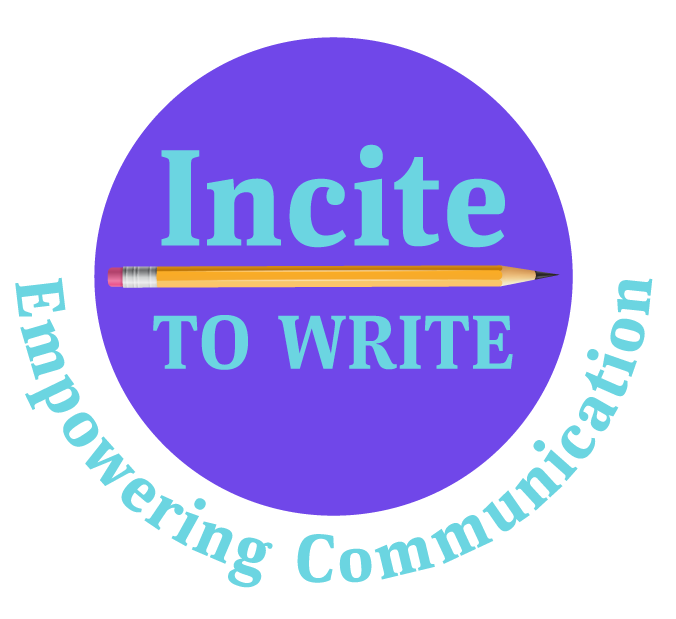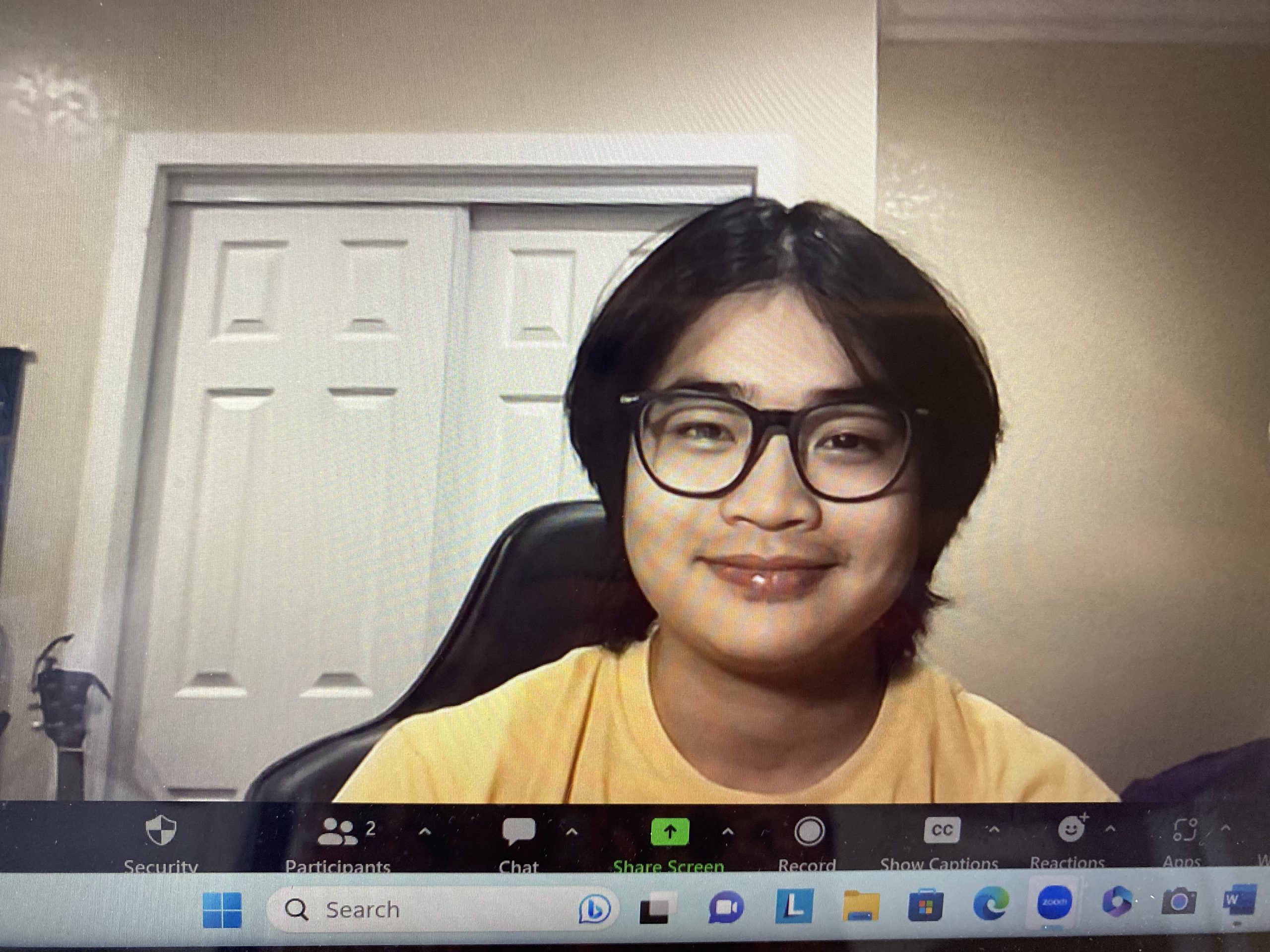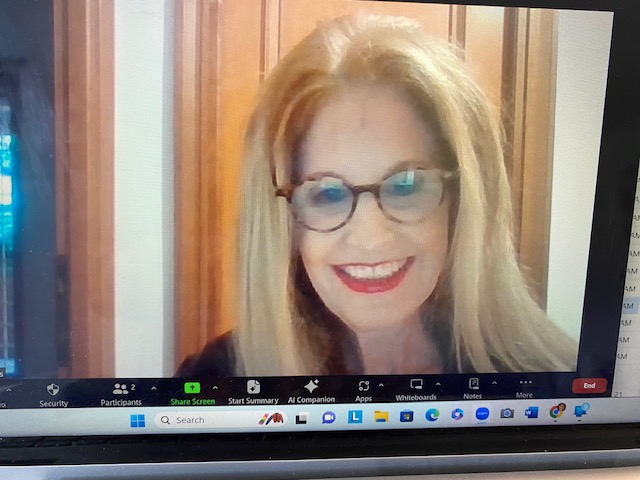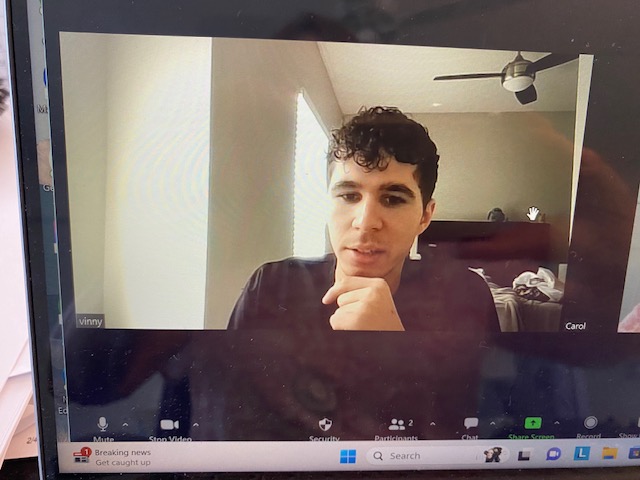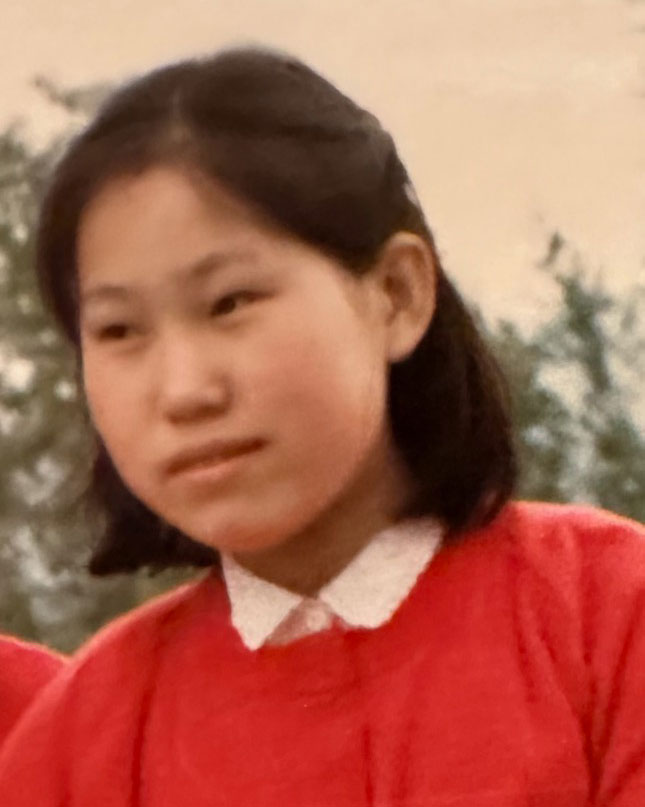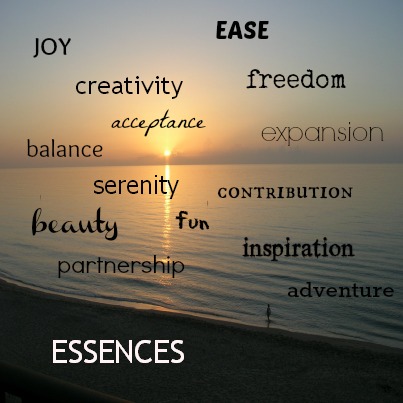 Boredom is the worst thing on earth for most kids. It happens when kids can find nothing to engage in – on either a physical, mental, or emotional level. Nothing holds their attention or interest. They complain that “there is nothing to do”.
Boredom is the worst thing on earth for most kids. It happens when kids can find nothing to engage in – on either a physical, mental, or emotional level. Nothing holds their attention or interest. They complain that “there is nothing to do”.
When your child says she or he is bored, take it seriously. First, try to understand from your child why she is bored. Sometimes kids stop engaging not because they are bored, but because they feel their participation is not valued or supported.
However, if this is not the issue and your child is restless and frustrated because “there is nothing to do”, then sit down with your child and explore ways that will lead back to participation in life. The antidote to boredom is engagement. How can you help your child engage?
Because we live in a physical universe, we may think that the answer to boredom lies in finding the right physical form; for example, a book, a trip, a new toy, a play-date, going to a movie, drawing a new picture, etc. This is what we tend to do as adults. We put all of our attention on finding the right form.
But life is a feeling experience. What we lose sight of is that it’s not really the form that brings us pleasure and engagement. It’s the feelings we experience as a result of a form that bring us the “juice” we’re looking for.
The pathway out of boredom is to start with the “juice” instead of the form. What are the feelings that we want to experience? What essence qualities would we like right now? What’s missing? Some common feelings or essence qualities we may desire are: fun, freedom, expansion, creativity, adventure, challenge, growth, peace, sanctuary, inspiration, ease, simplicity, balance, insight, clarity, community, friendship, contribution, service, sustainability, beauty, partnership, collaboration, wholeness, acceptance, joy.
Talk with your child and guide him or her into an exploration of the feeling experiences he or she desires. What feeling experience is missing? Come up with a few essences. This will be new for you too, so try it with your child. You can each write down 1-3 essences that you desire. If you get stuck, you might start with identifying 3 essences that you have already. They might be beauty, family, sustainability, joy, freedom, etc. In fact, if you can attention the essences that you already have right at this moment, you will start to feel more engaged with life.
Once your child has identified 1-3 missing essences, brainstorm together a list of the different forms that might bring your child the essences she or he desires. Notice that there is always more than one form that can bring your child that essence experience.
As you’re making your list of the possible forms, don’t go too far out into the future. Look at the resources that are available right now, as well as the present circumstances, because there will always be limits or limitations to what is possible, and that’s fine. You may not be able to produce that missing essence immediately, but you can set your course in a clear direction toward that essence. You can also begin to bring that missing essence into your life right away in small ways.
These are the steps out of boredom. We’re not used to looking at life this way because we become so enamored of the physical form. However, if you can teach your child at a young age to begin identifying essences and to put essence before form, you will be giving your child a priceless tool for navigating through life. Think of all the poor choices we make in life because we confuse the form for the feeling. For example, kids on drugs are often looking for peace. If they could identify that peace is the essence or feeling that they desire, what other forms could they find that would bring them peace?
The essences we desire are the best guides for our lives. Instead of making choices based on our fears or our mental ideas of the perfect form, we can use the feeling experiences we desire to set our course. In this way, we can ensure that the choices we make in life are authentic and fulfilling.

